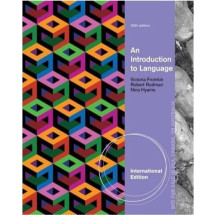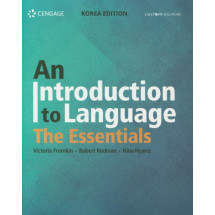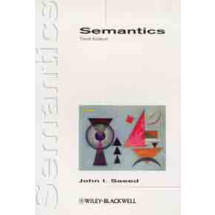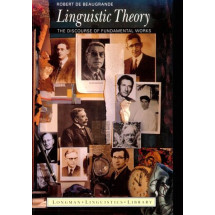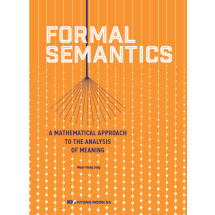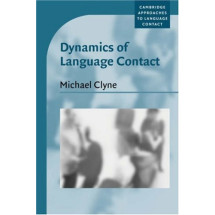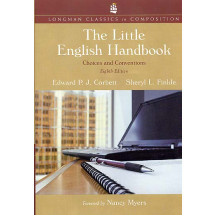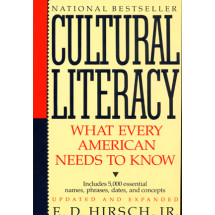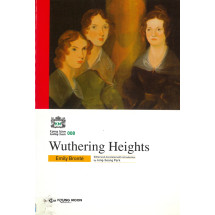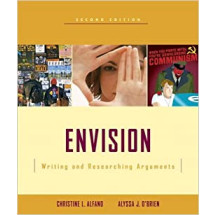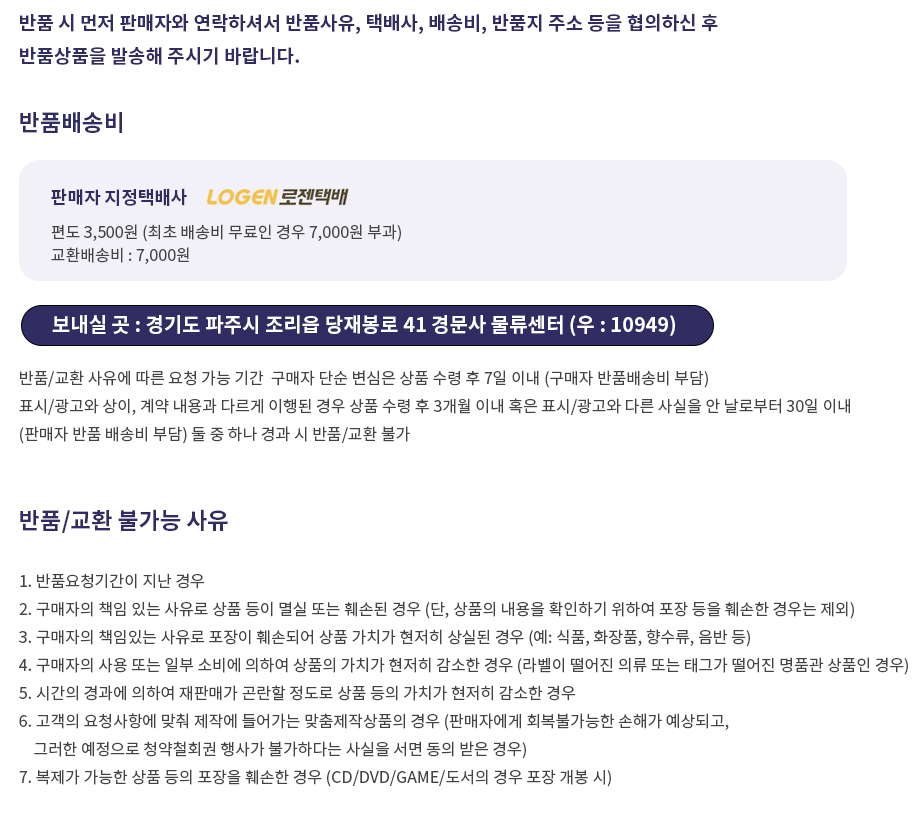Victoria Fromkin was Professor of Linguistics and a member of the faculty of the University of California, Department of Linguistics from 1966 until her death in 2000. She served as its chair from 1972-1976. Dr Fromkin published more than one hundred books, monographs and papers on topics concerned with phonetics, phonology, tone languages, African languages, speech errors, processing models, aphasia and the brain/mind/language interface.
Robert Rodman was a Professor of Linguistics and Computer Science at North Carolina State University. His research interests included computational forensic linguistics, speech processing, and in particular, lip synchronisation and voice recognition.
Nina Hyams received her bachelor's degree in journalism from Boston University in 1973 and her M.A. and Ph.D. degrees in linguistics from the Graduate Center of the City University of New York in 1981 and 1983, respectively. She joined the faculty of the University of California, Los Angeles, in 1983, where she is a professor of linguistics. Her main areas of research are childhood language development and syntax. She is author of the book LANGUAGE ACQUISITION AND THE THEORY OF PARAMETERS (D. Reidel Publishers, 1986), a milestone in language acquisition research. She has also published numerous articles on the development of syntax, morphology, and semantics in children. She has been a visiting scholar at the University of Utrecht and the University of Leiden in the Netherlands and has given lectures throughout Europe and Japan.


